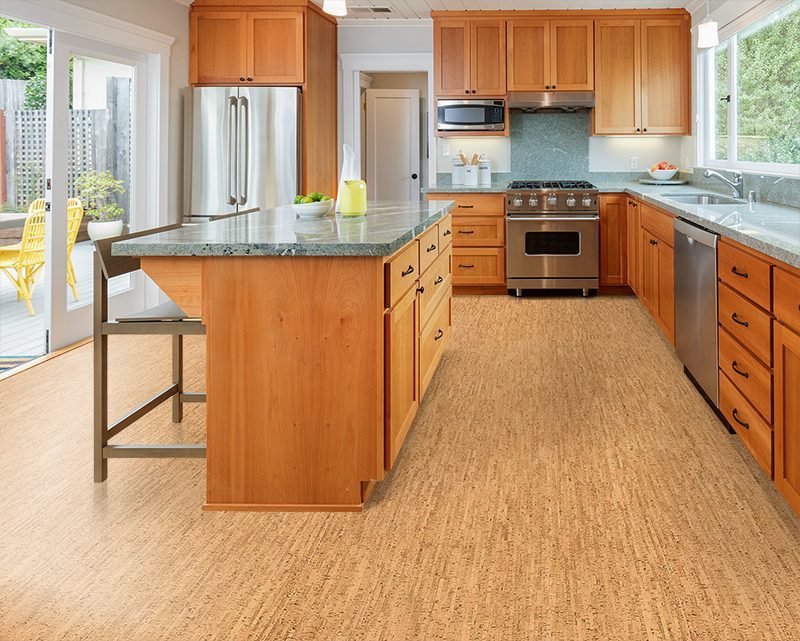Typically, a floating floor means a floor that is not glued down or connected to the subfloor. Instead, it floats because it has space beneath it. On hard surfaces, such as hardwood floors, vinyl floors or ceramic floors, a floating cork floor may be built. You can get to know more about floating floor via https://revampo.ca/fr/blog/plancher-flottant.

Image Source: Google
As planks that can be tapped together, floating cork floors arrive. Although it looks as if the material's upfront cost is larger, the time is taken for the construction and it is worth the shorter planning.
In a selection of appealing grains and color hues, floating cork floor panels are available, so you have a big option to choose from.
A half-inch space in the room where the flooring is to be mounted is kept from the walls and other fixed objects until it is built. If space is greater than 900 square feet in size, then expansion gaps are expected.
Waterproof sheeting must protect all wet areas such as crawlspaces, asphalt, ceramic floors, etc. It is necessary to remove all carpeting on the subfloor. Those subfloors have to be flat, level and dry.
Many individuals believe that the 'floating' type is the safest way to build cork flooring. The planks are ready for assembly and the special interlocking mechanism only needs to be clicked together. For wax, there is no mess.
